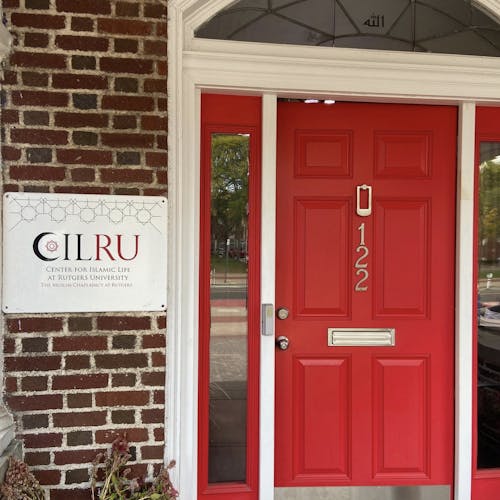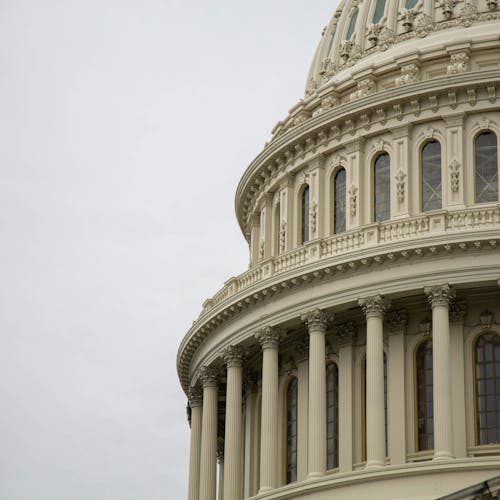Rutgers Geology Museum to remain fixture on campus

The Old Queens campus is home to the Rutgers Geology Museum, a historical treasure that has been standing since 1872. Last semester, speculation surrounded the fate of the museum, and whether or not it would be restored, renovated or transformed into an auditorium was unclear.
University spokesperson E.J. Miranda offered an updated statement about the plans for the museum.
“Development of the University-wide Strategic Plan is ongoing and all capital plans are being reassessed,” he said in a statement. “Meanwhile, the Geology Museum remains in operation and planning for events and outreach continues unaffected.”
Bill Selden, former director of the Rutgers Geology Museum, said although there was concern the museum would close, the latest information is that it will be restored to its historic condition.
Selden expressed that his greatest aspiration would be to see Rutgers restore the building and hopes that the restoration will be underway with the start of the new semester.
“My principle worry is that there will be some sort of financial difficulty that the University will get hit with once again that might short-circuit the good intentions that seem to be in place for the museum at this point,” he said.
Selden said the museum serves as a recreational facility for students, and offers experience to a good number of work-study students.
When rumors of the museum’s future began circulating last year, Rutgers alumna Marcia Smith Fleres was among the group of people who began a Facebook page entitled “Save the Rutgers Geology Museum.”
“I love the geology museum and the history behind it and that locally, children and adults can see some amazing artifacts that you would never realize are right on the Rutgers campus in New Brunswick,” she said.
Fleres and the other committed advocates, who have never met in person, got right to work when they thought the museum might close.
“When I found out that they were going to be closing the museum and converting the space to an auditorium and would no longer maintain the integrity of the building, I immediately said ‘what can we do?’”
The Facebook page quickly amassed a following of five hundred, and Fleres and the others began a letter writing campaign to Rutgers’ president.
A similar letter-writing campaign was used when the Natural History Museum at Princeton was expected to close in the early 2000s. Yet, it was not successful in keeping the museum open.
“My understanding is that they have reconsidered the action plan that they had in place, and they will not be closing or taking apart the geology museum,” Fleres said.
This time around, Fleres believes the letter writing campaign successfully showed the administration that many cared deeply about the preservation of the museum.
“We are staying on top of it because we feel it’s so important to have this right here in our backyard,” Fleres said.
The Facebook page that Fleres and the others began remains active, and is being used to increase awareness about the museum, post events and encourage people to become members of the museum, which will help raise money for its survival.
In a brochure of upcoming events provided by Fleres, the Geology Museum is looking forward to hosting “Late Nights at the Museum,” including a celebration of National Fossil Day and a night dedicated to learning how anthropologists study the past.
The museum will also be hosting guided trips to the Big Brook Preserve in Colts Neck, N.J. and Ringing Rocks Park in Bucks County, Pa. in October.
Selden gave a brief history of the building, which he said was probably the first structure in the United States built as a geology museum.
The museum’s architect, Henry Hardenbergh, was also the architect for the Waldorf Astoria hotel and the Dakota apartments in New York City, as well as New Brunswick’s very own Kirkpatrick Chapel.
“The geology building was his very first commission,” Selden said.
Selden spoke about the importance of keeping the historic campus intact.
“The thing about the Old Queens Campus in general is the fact that it is an architectural record of the change from natural philosophy to the arts and sciences,” he said.
As for now, he is hoping that the restoration will move forward with strength as this new school year begins.
“The restoration of the building has been a project that I have dreamed about … that never went anywhere when I was there but now it looks as if there will be a substantial movement in that direction,” he said.



